
The Beachcombers at 50
The Beachcombers stars Pat John and Bruno Gerussi in 1976. Photo courtesy of Jackson Davies.

Jackson Davies
Looking back now at a series written in the 1970s and ‘80s through a diversity, equity, inclusion and belonging lens, I wish we had a couple of do-overs but, The Beachcombers tried when others didn’t.
October 1 of this year marked 50 years since The Beachcombers hit Canadian airwaves. It was a show I had the privilege of being a part of and a show that, while not perfect, featured Indigenous actors and storylines that focused on Indigenous issues. When I was asked to write this article, I could not pass up the opportunity to talk about The Beachcombers and its contribution to representation, and one of the show’s stars, my friend Pat John (“PJ”).
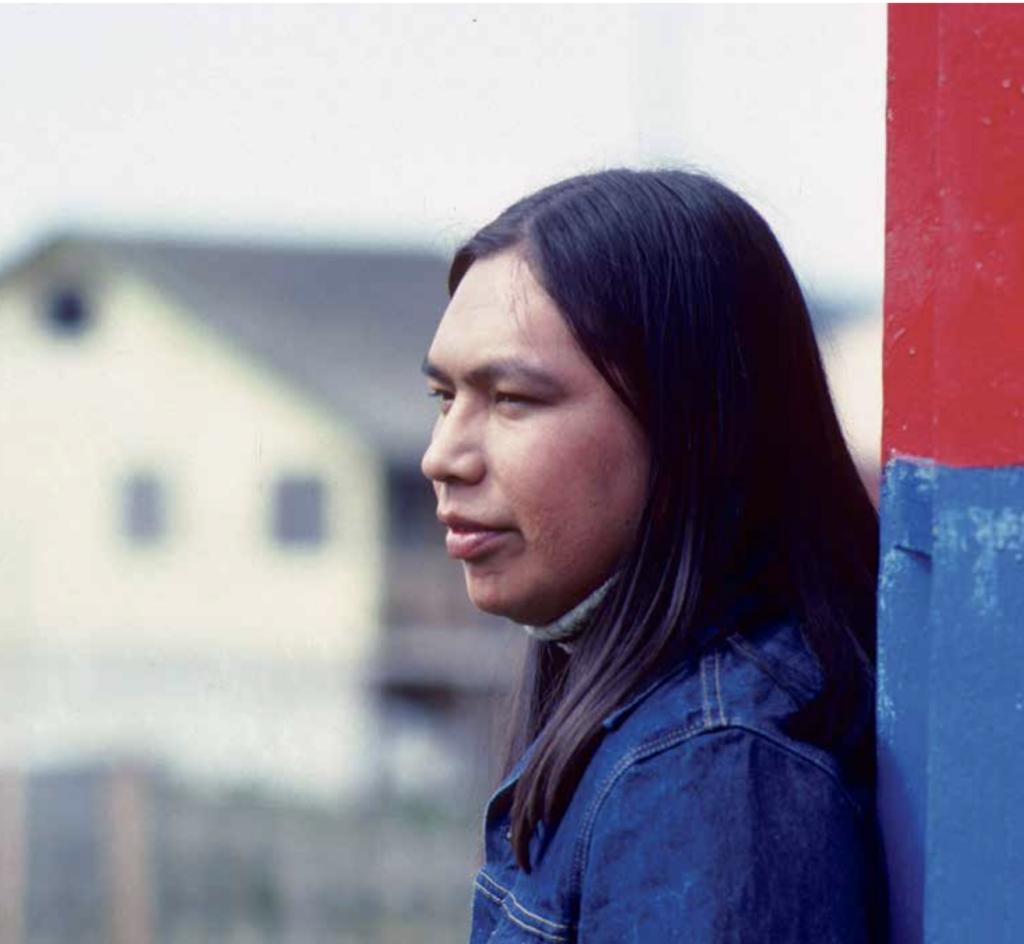
The Beachcombers was about an Indigenous teenager leaving his reserve to travel the world. He meets a struggling immigrant and the two form an unlikely business partnership…
PJ, he was never Pat to us, and I acted in the Canadian TV series The Beachcombers. He played the iconic character Jesse. The show ran for 19 seasons, for a total of 369 episodes, on CBC TV between 1972 and 1990. PJ was loved on set and had a laugh that would make the day better. The series featured Indigenous actors and Indigenous storylines but only two episodes were written by Indigenous writers. Looking back now at a series written in the 1970s and ‘80s through a diversity, equity, inclusion and belonging lens, I wish we had a couple of do-overs but, The Beachcombers tried when others didn’t.
At the International Public Television Canadian Indigenous Showcase in 2016, CBC journalist Duncan McCue spoke about the power of seeing Indigenous representation on television when he was growing up as a member of the Chippewas of Georgina Island First Nation.
When McCue first saw Jesse on The Beachcombers, it was the first time he had seen Indigenous representation that wasn’t based on the stereotypical “Tonto” persona – the stoic sidekick to the Lone Ranger.
“Jesse wore plaid shirts and jeans, he worked hard, and he had a big smile,” McCue said. “Jesse was a sidekick too, but he looked like one of my relatives. To me, Jesse was a real Indian on TV. There’s something about seeing your own people on TV that makes you feel bigger.”
The Beachcombers was about an Indigenous teenager leaving his reserve to travel the world. He meets a struggling immigrant and the two form an unlikely business partnership recycling timber waste and earning a living on the waters and beaches of British Columbia.
The show was set in Gibsons, a real town in British Columbia, and centred around Molly’s Reach, a real, functioning restaurant to this day. Guest stars included The Irish Rovers, Madame Benoit, René Simard, Gordon Pinsent, Frances Hyland, Jan Rubes, Elaine Tanner and David Suzuki, names that are perhaps more familiar to a “vintage” audience.
How Canadian is this show? Even The Simpsons gave us a mention on its “D’oh Canada” episode.
How Canadian is this show? Even The Simpsons gave us a mention on its “D’oh Canada” episode and 20 Beachcomber alumni have been appointed to the Order of Canada, which includes five Indigenous cast members.

The show was described as “unapologetically Canadian.” But perhaps it was the Canada we hoped we would become, but never did.
It was the Canada we should have been. Could still be. But it was just TV.
The show was described as “unapologetically Canadian.” But perhaps it was the Canada we hoped we would become, but never did. Showing Indigenous and non-Indigenous Peoples working together, respecting Indigenous rights, culture and lands. The Beachcombers’ Canada included fair treatment of Indigenous Peoples.
The decades’ old stories are still relevant today. The show featured episodes about Indigenous land claims, first-growth forestry, and logging practices, return of Indigenous artifacts, Land Back, overfishing, conservation and environmental protection, movement of dangerous goods, band politics, gentrification, homelessness, Japanese internment, and even an oil pipeline from Alberta.
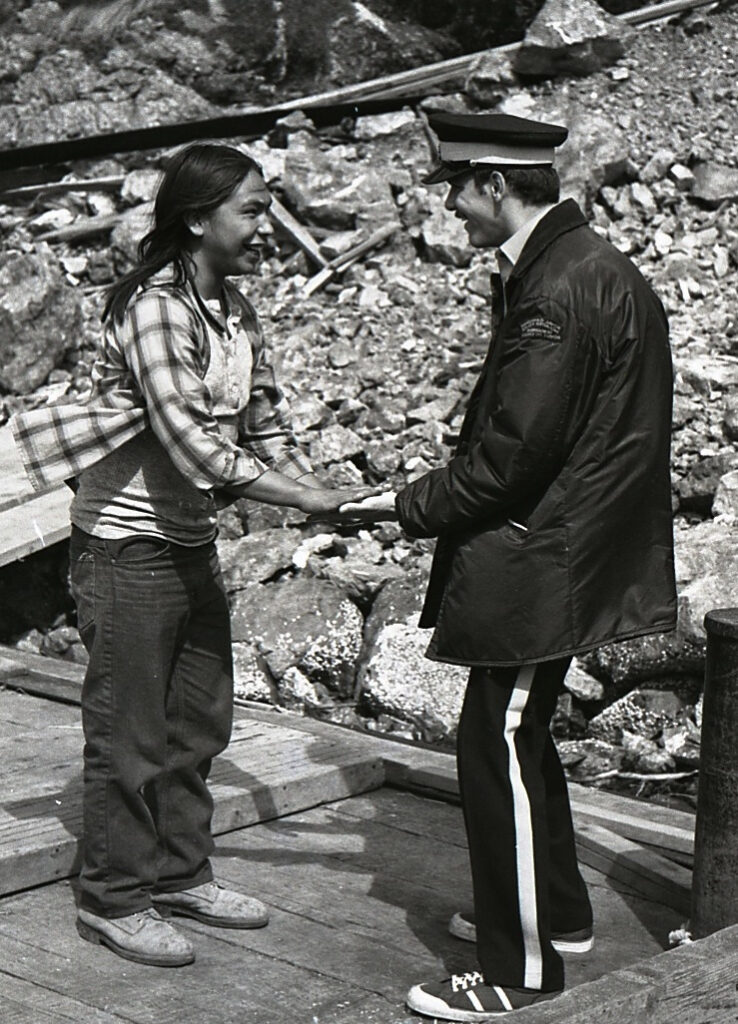
The show played and resonated around the world. In Germany, a TV host used it to help explain Indigenous stories to their audience.
The show played and resonated around the world. In Germany, a TV host used it to help explain Indigenous stories to their audience. In New Zealand, a fan of Māori descent wrote that in 1978 “we were struggling to include Māori stories and characters and it meant a lot, watching The Beachcombers, to see that being inclusive could work on TV.”
Both Charlene Aleck and PJ won TV Week Awards, which were voted on by the viewers. They were loved by our audiences, which in the end is the greatest award. PJ made an undeniable impact.
In Tracey Lindberg’s heartbreaking book Birdie, a Cree woman leaves her home in northern Alberta to travel to Gibsons, BC. She is driven by a residual teenage desire to meet Pat John.
Talk show host Conan O’Brien described in a TV Guide interview, that after watching The Beachcombers during a trip to Vancouver in the early 1990s, he and his friend Greg Daniels became obsessed with the Jesse character and wanted to find Pat to shake his hand. They showed up at his door where they posed as TV producers. Pat opened the door and they each shook his hand. O’Brien says “Hi, how are you? I’m from L.A and we’re thinking of doing a movie. We just wanted to know if you’re interested.” O’Brien describes it as, without a doubt, a defining moment of his life.
I asked PJ about this moment and his response was, “A lot of people knocked on my door in the ‘80s.”
I loved PJ. We shared the same birthdate (March 17). He was fun to be with on and off the set. He made me smile. Making people laugh is highly overrated, but if you can make people smile, that smile stays with you forever.

PJ was loved by all, including the fans. Conan O’Brien wasn’t the only one with a “Jesse crush” out there.
He acted with honesty, truthfulness and a sparkle of mischief in his eyes. Looking back at his work now, I’ve realized that PJ may have been the best actor of all of us. He was kind and a big brother figure to the younger actors on the set. Fifty years later, he was still writing warm wonderful letters to cast members. PJ was loved by all, including the fans. Conan O’Brien wasn’t the only one with a “Jesse crush” out there.
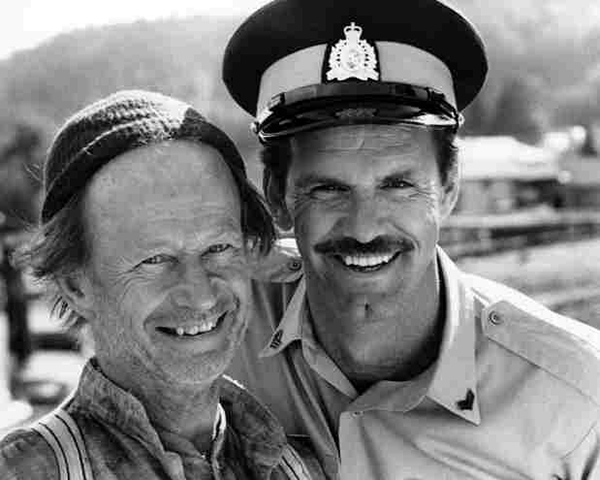
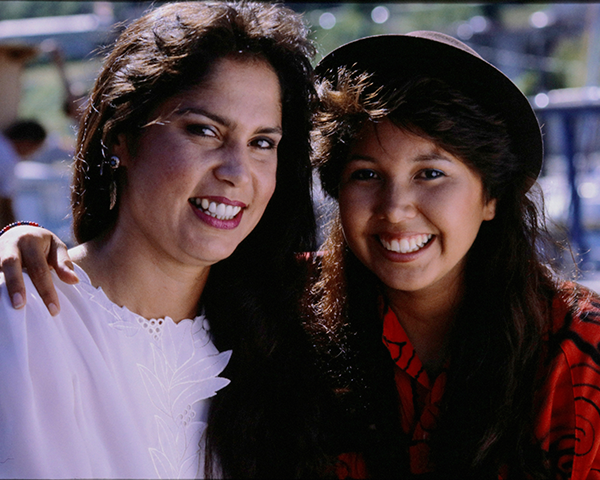
PJ was working in a sawmill and auditioned for the show as a lark. He was cast after reading a Harold Pinter monologue.
Maybe we connected because both PJ and I were accidental actors. We started our careers with no training in acting. PJ was working in a sawmill and auditioned for the show as a lark. He was cast after reading a Harold Pinter monologue. The job was supposed to last 10 weeks, instead it lasted for 18 years.
Post-Beachcombers, PJ didn’t continue acting. I asked him why, he said “no one asked” – an indication there’s still much work to do in increasing on-screen work opportunities for Indigenous performers. He fished and lived off the sea, but life wasn’t always kind.
We stayed in touch, having mini-Beachcomber reunions and enjoying his encyclopedic memory of the episodes. Over the last year, I tried to call every week or so during which we’d talk about his time in residential schools, our families, our health (mine good, his not so good).
The last time we spoke was a warm Sunday this past July. He passed away a few days later. Like many others, I was devastated. The outpouring of love from fans in Canada and around the world was astounding. There was so much love and respect for him and his work. I smiled as I read the tributes, and I knew somewhere PJ would be laughing his perfect laugh.
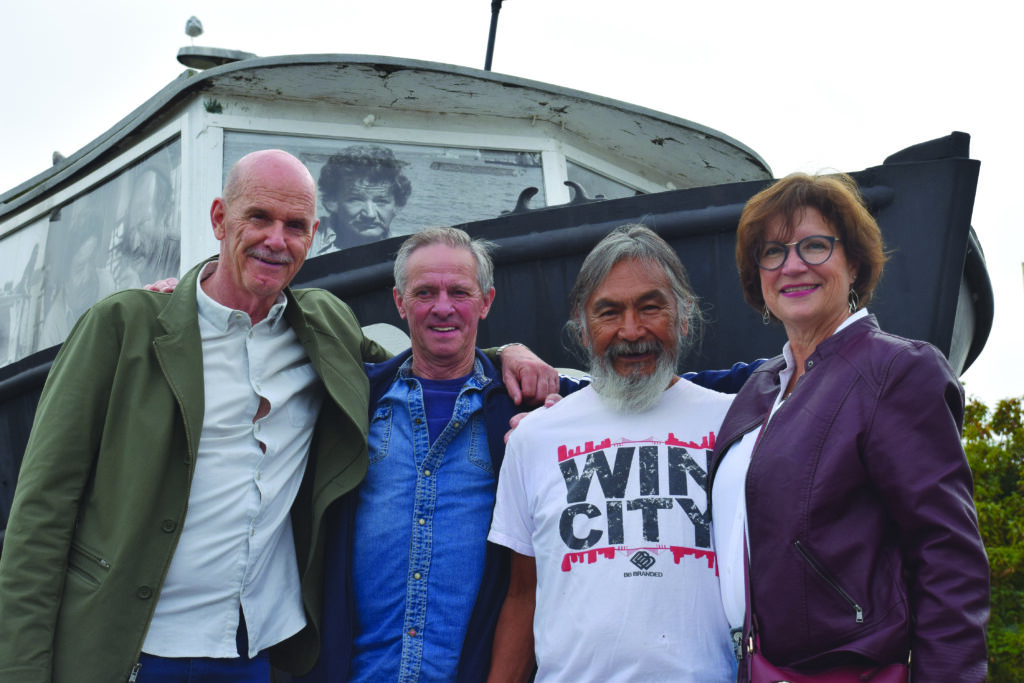
Jackson Davies is an actor/writer/producer/director best known for his role as RCMP Constable John Constable for 16 years in the television series The Beachcombers. He reprised this role in the TV movies The New Beachcombers and A Beachcombers Christmas. Jackson is the past Vice President of UBCP/ACTRA and past Vice Chair of the BC Arts Council. He is a faculty member in both the Performing Arts and Motion Picture Arts programs at Capilano University. Jackson is an Honorary RCMP Sergeant, and he skates with Vancouver Canuck Hockey Alumni. Jackson is the co-author of the 2013 bestseller, Bruno and the Beach: The Beachcombers at 40. As of press time to celebrate The Beachcombers 50th Anniversary 60 episodes are airing on APTN, the other 309 are still in the CBC archives.
